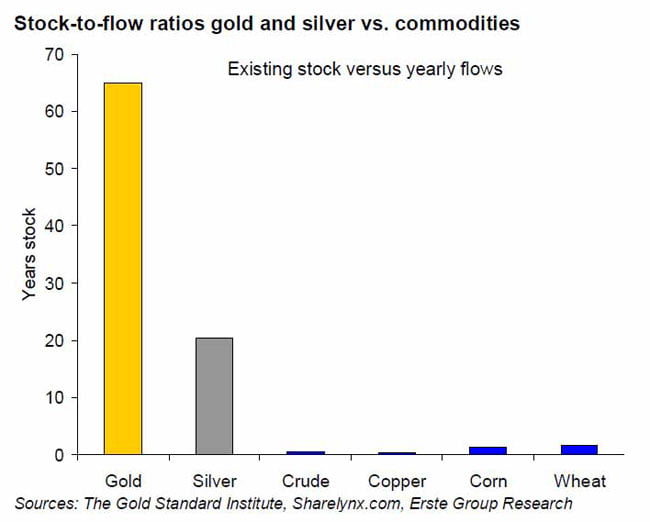2019-8-2 00:00 |
Popular on-chain metrics analyst Willy Woo claims to have developed a Bitcoin price indicator that shows good opportunities to invest in the digital asset. He calls his discovery the “Bitcoin Difficulty Ribbon”.
The indicator looks at how mining impacts Bitcoin’s price. The analyst believes that miner capitulation in the wake of increasing difficulty reduces selling pressure and leaves space for bullish price action.
Willy Woo’s Bitcoin Difficulty Ribbon Indicates Miner Capitulation, Which May Lead to Higher PricesWilly Woo, a Bitcoin on-chain analytics expert, has just announced that he has been exploring a potential new price indicator. The analyst looks at simple moving averages referencing Bitcoin miner difficulty. He states that this allows for an easy to view breakdown of how the difficulty of mining Bitcoin changes over time.
Introducing the Bitcoin Difficulty Ribbon. When the ribbon compresses, or flips negative, these are the best time to buy in and get exposure to Bitcoin. The ribbon consists of simple moving averages on mining difficulty so we can easily see the rate of change in difficulty. pic.twitter.com/6kBz4sLG1d
— Willy Woo (@woonomic) August 1, 2019
He argues that mining creates selling pressure. Those operating mining rigs must sell Bitcoin periodically to cover the costs of running the high powered computer units required to guess block hashes. He writes:
“This produces bearish price pressure.”
Woo states that the “weakest” miners are forced to sell more coins to remain in business. However, if difficulty continues to increase, they are forced into capitulation.
As weak miners drop out, the hashing power of the network drops, as does the network difficulty. This is represented on the ribbon as a compression (the bands get tighter).
The strongest miners left securing the network have less immediate financial incentive to sell Bitcoin. Therefore, as weak miners capitulate, Woo holds that bullish price action is more likely given the reduction in selling pressure from the mining industry overall.
Of course, this is not a guarantee that prices will go up following such episodes of miner capitulation. For prices to rise, demand needs to outpace supply of new coins hitting the market. The indicator just shows times when selling pressure from miners is likely to be at its lowest points.
Woo goes on to state that his ribbon indicating Bitcoin miner capitulation typically contracts at the end of bear cycles:
“The lack of miner selling pressure allows the price to stabilise and then climb; the classic accumulation bottom.”
Woo credits Vinny Lingham as being the first to spot the correlation between miner capitulation and the end of bear cycles in 2014. He states that he has built on the Civic (CVC) founder’s research with an additional five years of data.
He also notes that a similar miner capitulation can be seen during block reward halving, like that expected next May in Bitcoin. After the block reward is cut in half, weaker miners capitulate because they are no longer able to run profitability due to the fall in revenue they suffer. This leads to less Bitcoin being sold in the open market and a greater chance of upwards price action.
Finally, Woo states that he finds more similarities between the current uptrend in Bitcoin and the 2012 bull market than he does with the beginnings of the 2017 price surge:
“As a final note, notice how the 2019 the 2012 bull market have the same structure, we saw severe mining capitulation (ribbon flipped negative) leading to a shorter accumulation band before price breakout. This bull market has [sic.] resembles 2012 more than 2016 structurally.”
Related Reading: Bitcoin Miners Capitulated in Dec 2018 and it Could Signal the End of Bear Market
Featured Image from Shutterstock.The post New Bitcoin Indicator Based on Mining Activity Emerges, Where is BTC Heading? appeared first on NewsBTC.
Similar to Notcoin - Blum - Airdrops In 2024
Bitcoin (BTC) на Currencies.ru
|
|









